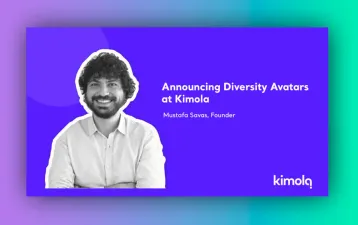How to Analyze Social Media Conversations With Artificial Intelligence?
Dec 28, 2025 - 7 minute read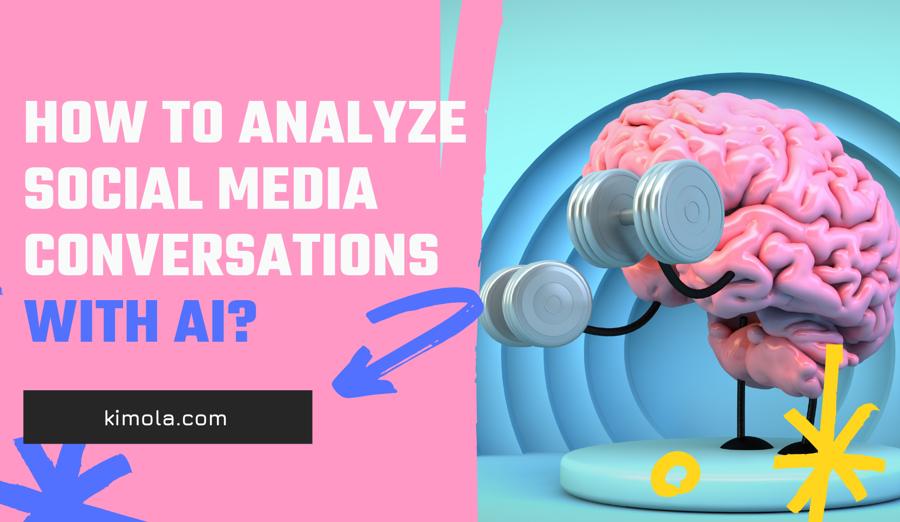
Each day, developing technologies offer new opportunities. Social media is one of the most important of these developments. With social media, communication has evolved from single-dimensional to a more interactive direction, and keeping the pulse of the reactions to these developments has become one of the crucial concerns in recent years.
As a constantly developing and changing factor in our everyday lives, social media has led to significant developments in marketing strategies and customer communications. Twitter, Instagram, Facebook, and dozens of other platforms, where consumers can freely express their opinions, complaints, and expectations about a brand or product, have entered our lives. Along with this, the marketing strategies of brands have evolved to better understand the consumer with social listening. However, with 575K new posts on Twitter and 65K photos on Instagram every minute of the day, analyzing social media conversations manually became inevitable for brands.
As expected, it is no longer impossible to obtain data on what is being talked about on social media platforms. Here, the point in which companies can differentiate themselves is the ability to better analyze customer feedback and extract better insights. We, as Kimola, enable brands to gather social media conversations and also analyze any customer feedback with text classification technology to produce insights for powerful marketing strategies.
So, what is social media conversations analysis, and how does one analyze social media conversational data? Let's see together.
What Is Social Media Analysis?
Although there are many definitions for social media analysis, we can generally describe it as "an approach to collecting data from social media platforms and evaluating this data to make actionable decisions." This process goes beyond fundamental analytics metrics like likes, follows, retweets, and clicks to develop a deep understanding of the social consumer. However, at this point, it should be noted that social media sites include not only Facebook, Instagram, or Twitter, but also forums, review sites, and news sources. In short, it is possible to consider any medium where consumers can share their beliefs, opinions, and feelings online as a source for social media analysis.
It is possible to analyze thousands of conversations in minutes.
Social media analysis gives you insight into what your consumers say, like, or dislike about your brand. This analysis allows you to gain essential insights to identify key business strategies. For instance, you can see the bigger picture by determining if and how your consumers are talking about prices, brand quality, or other details related to your product. The table that emerges at the end of the day ensures that your brand follows the same monthly metrics and takes the necessary actions. If you're able to classify customer feedback with such categories, adding a sentiment analysis would make it more meaningful.
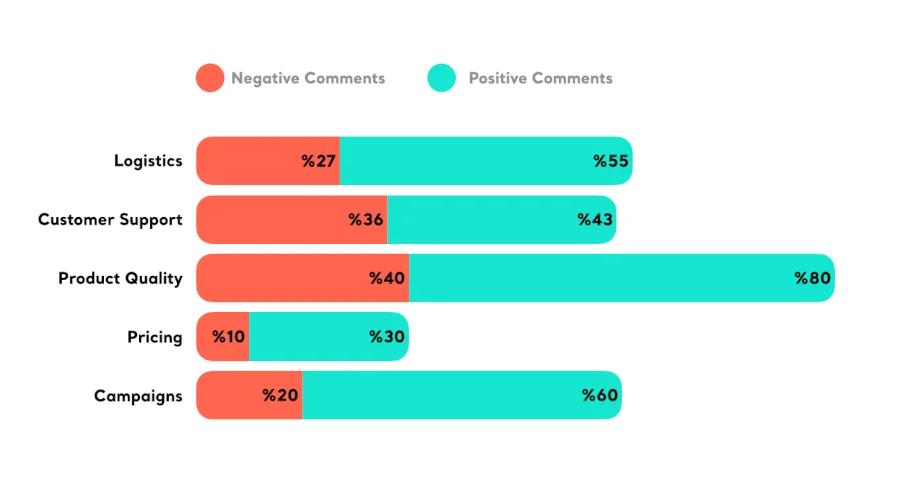
Artificial Intelligence-Based Analysis of Social Media Conversations
Generally speaking, qualitative consumer research means dealing with text data. Data, whether from focus group discussion scenarios, feedback forms, or social media, is inherently unstructured and time-consuming to analyze manually. This undertaking is a complicated one for companies that were not built purely for the purpose of analyzing consumer data.
Even though you're excited to analyze your target audience, there is a process to do so and the mission of text analytics technology is to make this process faste
That's why Kimola offers content classification technology for qualitative consumer research of all sizes. This technology helps marketers and researchers save time and focus on their areas of expertise by applying Machine Learning techniques from text analysis applications without coding.
Suppose you have used a social media monitoring tool and collected customer feedback from social networks by tracking the mentions of your brand. The next thing is to analyze the data set of that customer feedback data. If you don't have any programming skills just like any other marketing pro, Kimola is here to help as a no-code machine learning platform. (Fun fact: Did you know Kimola is the first platform that is designed and developed for marketing and research pros?)
Using Kimola, let’s conduct a step-by-step analysis of what consumers say on social media about the banks that we all interact with in some way or another.
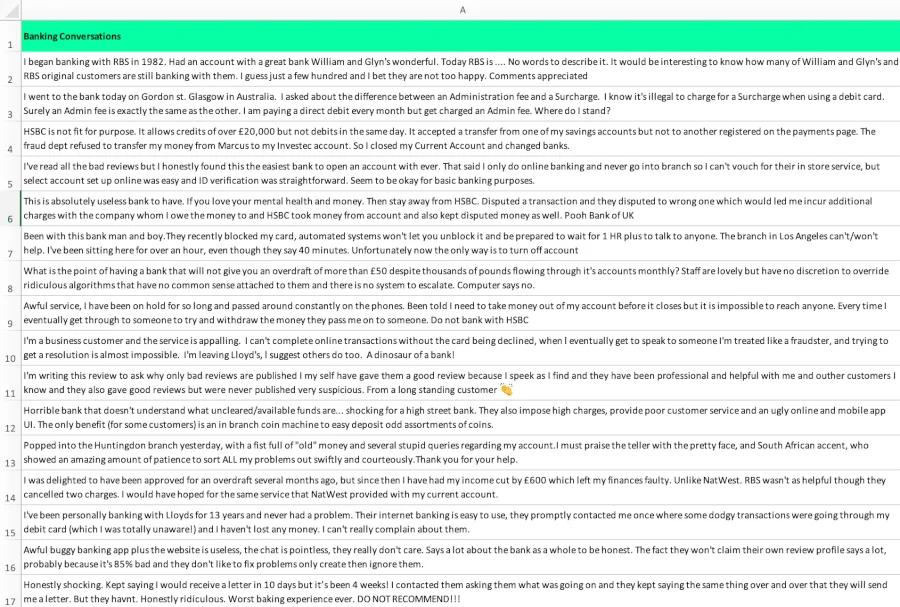
- First, let's upload our dataset to Kimola's home screen where it says "Upload your data". Our data which consists of 285 data should be in Excel format (.xls or .xlsx). (We have gathered this data with our social media listening tool, Kimola Analytics.)
- The next step is a preview of the dataset we uploaded. On this screen, we can continue by selecting the column containing the content we want to analyze. The system automatically detects the language of our dataset. If we are sure that the correct language selection has been made, we can proceed to the next step for analysis.
- On the preview screen, we can choose a pre-built machine learning model suitable for our data set from the models in the gallery such as Banking Consumer Classification and Sentiment Classifier.
- After performing the model selection, all we have to do is wait a few minutes for our dataset to be analyzed.
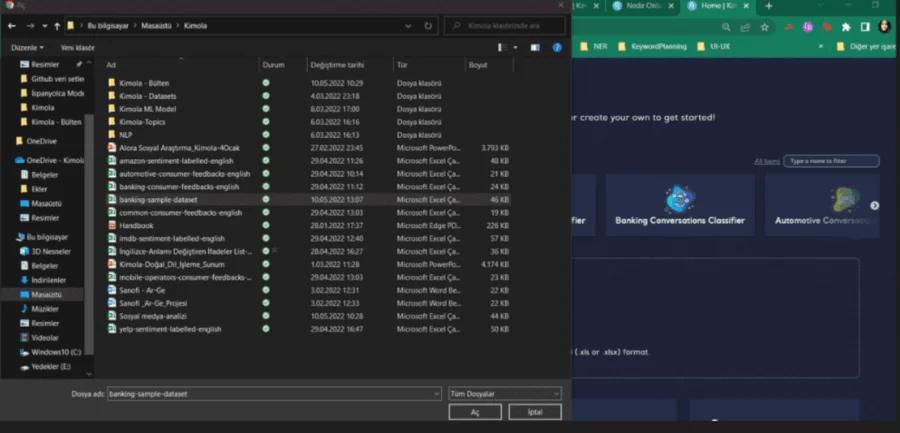
Kimola produces a report on the analyzed data and gives us the sentiment distribution of consumers' conversations about the relevant industry. If we take a look at the data of the banking sector that we just analyzed, it is possible to see that consumers make intense negative comments. Although the reports on sentiments provide information about the consumer group we are investigating, it may not always be sufficient on its own. In this context, it is a good idea to see in which categories consumers mainly share their posts about the banking sector. When we examine the data on the banking audience, we can say that consumers talk more about "Credit Cards,” “Debit Cards,” “Bank Loans," and "Customer Service."

In addition to the machine learning technology it uses, Kimola also uses Named Entity Recognition technology, a natural language processing application, in the analysis of social media data. (If you want to learn more about the definition of Named Entity Recognition and what it does, you can check out this article). This technology provides easy identification of named entities such as person, place, and location from a large number of data sets. For example, by detecting the city, district, and similar location assets in a data set belonging to Bank A, it can be quickly determined which branches of that bank are the subject of consumer conversations, and it becomes possible to take action regarding the relevant situation. Additionally, it also allows you to quickly take a look at what popular concepts are covered in your dataset. In addition to viewing the results of the analysis from the interface of Kimola, you can also download the report of the analysis to your computer as an Excel document by using the "Download" button.
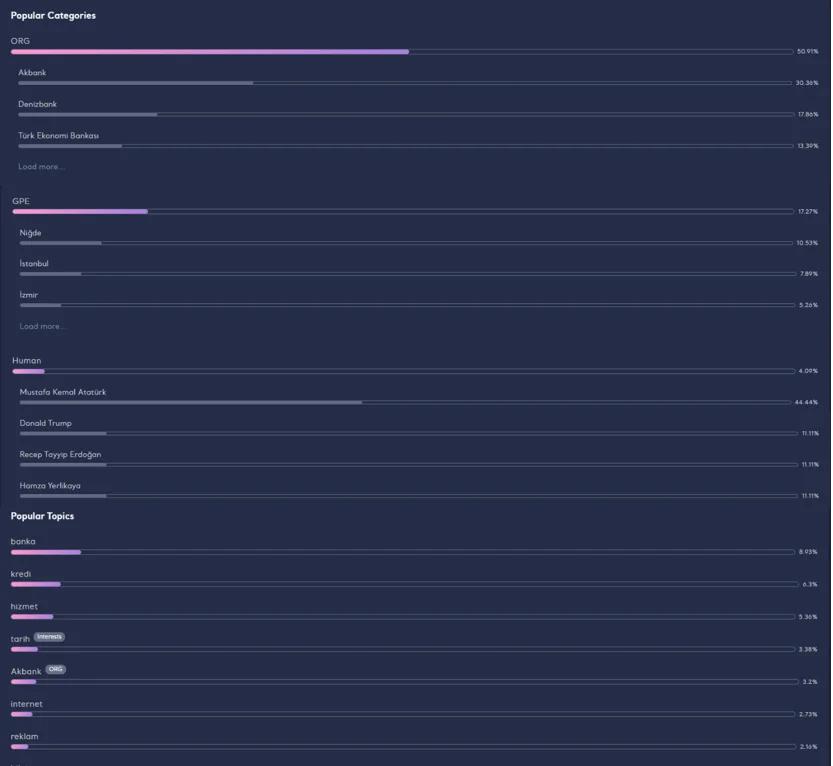
Gathering data with social listening tools by tracking your brand mentions and your competitor's mentions and analyzing the data is also good for customer support. By doing this, you don't need to do NPS surveys or ask open ended questions to understand the issues of your audience. After understanding these issues, you can train your customer support team on your consumer's problems and work on the solutions of solving them.
If you're interested in such insights, you can always sign up to Kimola for free and quickly analyze what consumers are talking about on social media about your brand. To see our machine learning and NLP capabilities, sign up for Kimola!



